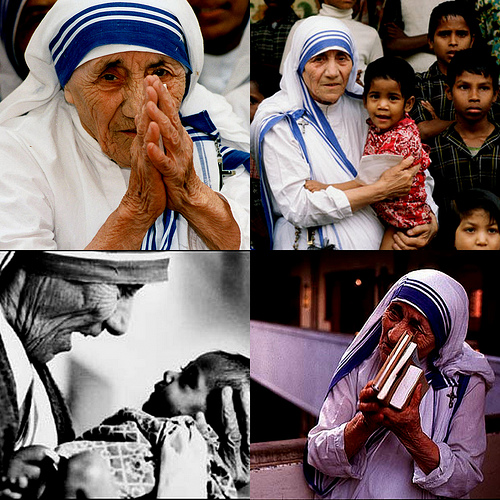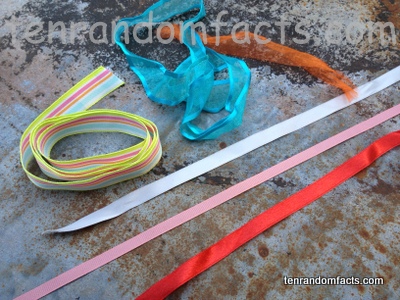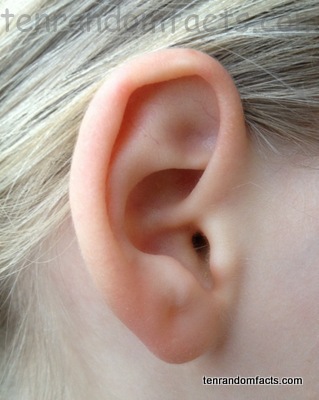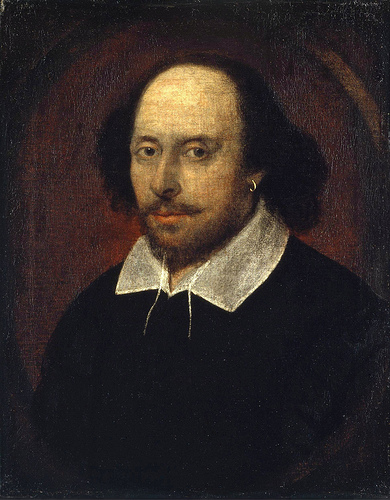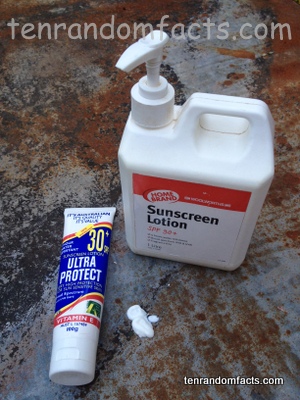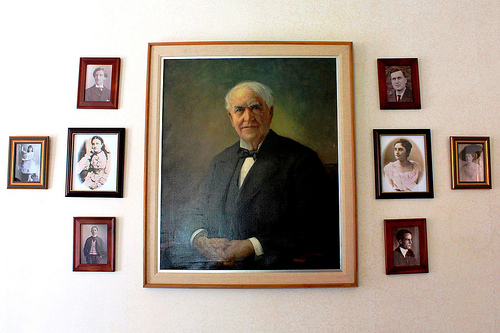
“I have not failed. I’ve just found 10,000 ways that won’t work” – Thomas Edison
- Thomas Edison was born in Milan, Ohio, United States on February 11, 1847, and his full name was ‘Thomas Alva Edison’ and was also known as the ‘Wizard of Menlo Park’.
- Thomas Edison was an American inventor who invented the practical electrical light bulb, the phonograph and other communication items, including moving images, although these were only some of Edison’s 1000 inventions.
- Many of Thomas Edison’s inventions shaped the way we live today which caused him to be dubbed ‘the greatest inventor ever’, and during his lifetime he was the most prolific inventor in known history, a position he held through the 1900s.
- Thomas Edison became a telegraph operator as a young teenager, due to receiving the training as a reward for saving a young boy from death by a train, and he went on to become a successful businessman, founding 14 companies during his lifetime.
- Thomas Edison caught scarlet fever when he was young, which contributed to poor hearing, and later, deafness.
Portraits
Image courtesy of Intel Free Press/Flickr
- In 2013, Thomas Edison ranked 4th for ‘the most prolific inventor in the world’, with 1093 patents.
- Thomas Edison married Mary Stilwell in 1871, who died later in 1884, and had three children, and after Mary’s death, married Mina Miller in 1886, and had three more children.
- Thomas Edison constructed a laboratory in Menlo Park, New Jersey, named the ‘Menlo Park Laboratory’, which contained virtually every material available and he was the recipient of a number of various medals and awards during his lifetime.
- Thomas Edison, the youngest of 7, was a very curious child, and ended up being schooled at home by his mother due to his wandering mind and many questions which weren’t welcome at the school he attended for 3 months.
- Thomas Edison died aged 84, on 18 October 1931 from complications of diabetes, in the house that was his wedding gift to his wife Mina, in West Orange, New Jersey, United States.
Bibliography:
Beals G, The Bibliography of Thomas Edison, 1999, Thomas Edison.com, http://www.thomasedison.com/biography.html
Thomas Edison, 2013, Wikipedia http://en.wikipedia.org/wiki/Thomas_Edison






